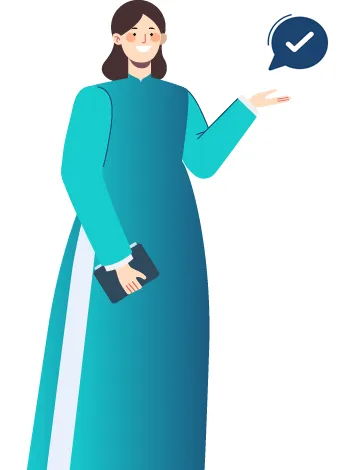In many cases, game developers design the
user interface (UI) and allocate a specific amount of space for text that can be shown to the player at once. This
space restriction can come in various forms such as text boxes, speech bubbles, captions, tooltips, buttons, etc., and it may vary according to the
size and
placement of the
UI elements.
Translators, therefore, have to work within this space constraint while ensuring that they deliver a
faithful and
appealing translation that accurately conveys the intended message. They need to be aware of the
target audience and
cultural nuances while selecting the most appropriate phrases that can fit within the given space.
Some languages require
more space to convey the same message as others. As a result, space limitations can be severe when
translating games from Korean, Japanese or Chinese, where one character can represent a concept that takes more words in Western languages. German and Romance languages require more space than English for in-game text.
Handheld and
mobile games face even more space constraints, with length measured by
pixels instead of characters.
In such cases, translators may need to
condense the text by reducing the number of characters in a sentence without changing its meaning or
using abbreviations. Otherwise, the UI will have to be modified to accommodate the translated text, including changing the font size, reducing the size of graphic elements, or reorganizing the layout of the UI.
From a game developer’s perspective, to accommodate for localization,
menus and
text boxes should be designed to allow for
extra space and leaving at least
30% extra free space is recommended when translating from English. Using
expandable or
scrollable text boxes can also help.
Icons,
tooltips, and
page breaks can prevent truncations and excessive abbreviations that may slow down gameplay.







